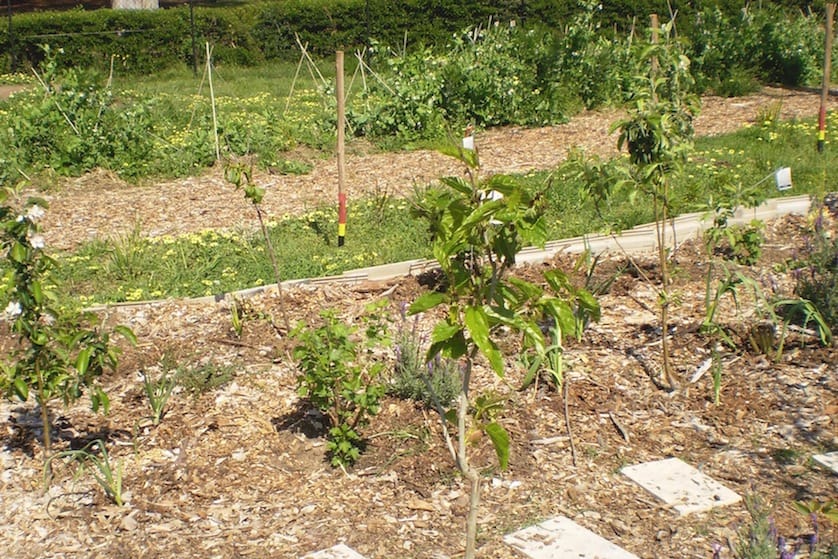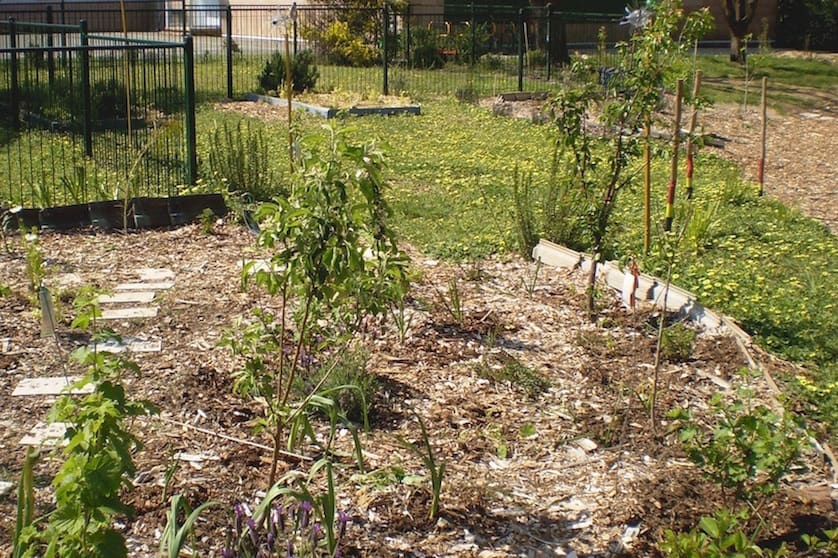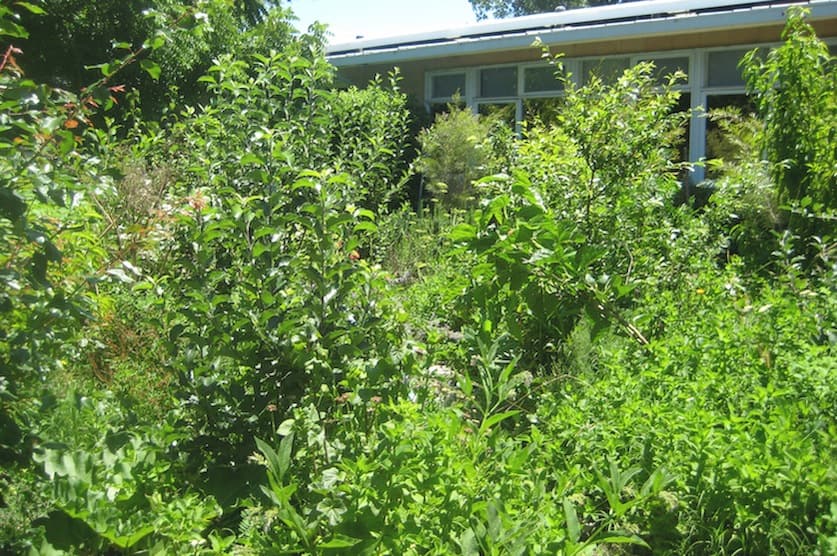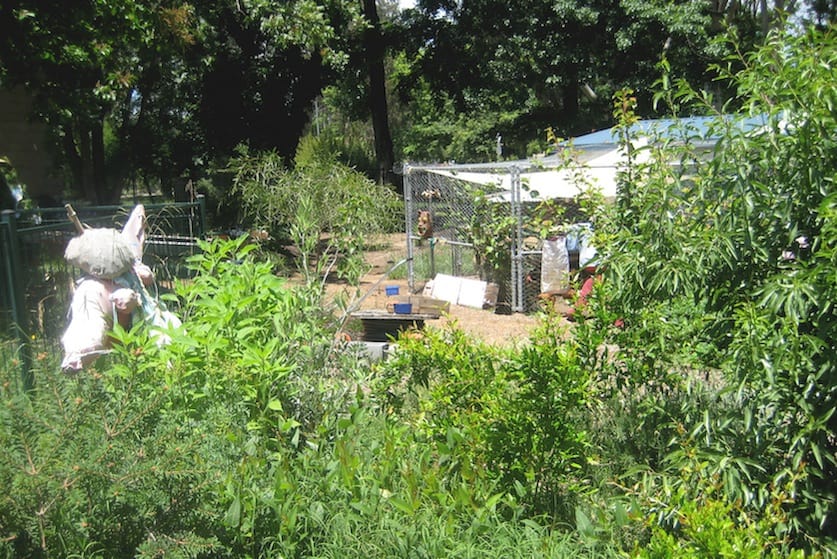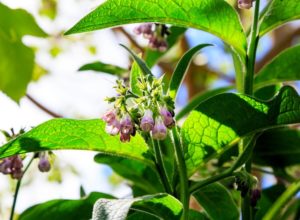So you’re keen to start a food forest but you’re unsure exactly what a food forest is and how it functions? Help is at hand!
Food forests are production systems that try to mimic nature. Rather than growing trees in grass, we aim for a variety of plants of different shapes and sizes among the trees.
Like natural forests, food forests include layers from the ground up. By selecting plants relevant to each layer, space can be used efficiently and competition reduced. We also want to replicate the interactions between animals, soil and plants that make a forest ecosystem function.
How to get your food forest going…
Set goals and budget
Start by setting goals and intentions for the space: Why start a food forest? What to grow? How much time and money do you have?
Good goals will match the space you design and develop to your needs and expectations. By setting goals and understanding resources available you’ll develop a garden to enjoy, rather than make a burden for yourself.
Investigate your space
The next step is to analyse site conditions before your start a food forest. Determine the different areas of your space and what you can plant to enhance or ameliorate the site.
A basic analysis should consider things like: direction of the sun, shade and winds; access to water and where it will pool and drain; soil condition; how plantings might affect surrounding buildings or infrastructure; and how people are currently using and interacting with the space.
Develop a concept design
The next step is to develop a concept design. A good concept design should respond to the site analysis to show: the main trees and shrubs existing or proposed; pathways and access; wind direction and how you will manage that.
Site conditions need not be detailed but rather give a general indication of different areas and treatment. Well-defined access is important to protect the soil, allow for pruning and harvesting, and paths can direct water flow.
One pitfall is planting the canopy layer too densely. If all the large trees grow so that their canopies touch there is no light left in the understorey for beneficial herbs and shrubs, which reduces the productivity of the space.
Aim to maintain gaps of one to two metres between the tree canopies when they are mature; this requires both good plant selection and pruning. Trees should be no taller or wider than four metres for ease of harvest: when planting leave about six metres between the holes that are dug for two trees.
Design the details
With the broad structure defined you can move to the next step, designing the finer detail. One of the key elements is developing guilds for each fruit tree, i.e. groupings of plants that cooperate rather than compete.
When a guild is well designed, plants will produce more than if they are grown on their own. The use of many plants in different layers means more productivity per unit area.
Any good organic gardening book will help you find out the needs of fruit trees that you can grow in your area. If you have no idea about which shrubs and herbs to use, keep an eye out for plants growing in local cottage gardens, as many of the herbs used will support beneficial insects and fruit trees nearby.
Or turn to your local permaculture group or nursery staff.
Implementation: Time to start a food forest
Once the design has been agreed to, the next step is implementation. It is usually best to implement incrementally, allowing time for reflection and observation. Some people prefer to plant all the canopy trees and then develop lower layers under and around these over time; others like to plant everything at once.
The all-in-one approach has great instant effect but usually requires more time and a bigger budget. However, in temperate climates there is often variation in the ideal time to plant different plants which slows down the process: fruit trees bare-rooted in winter; herbs and shrubs during spring or early autumn.
Evaluation
The last step is to evaluate how you went with the previous steps. This supports informed decisions during ongoing implementation and maintenance, and about what you might do differently next time.
What is growing well and what isn’t? How could you have improved the design? Were there problems with infrastructure, e.g. sufficient water? Are there gaps in layers/ functions? Was the budget sufficient? A plan only exists to be deviated from as required.


